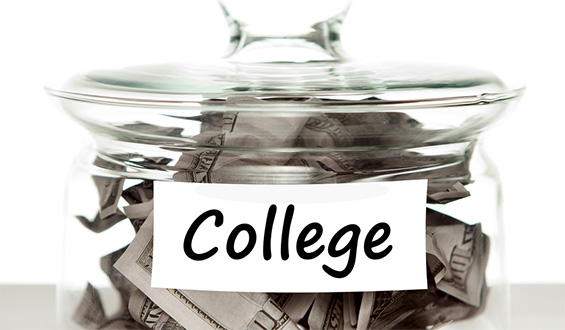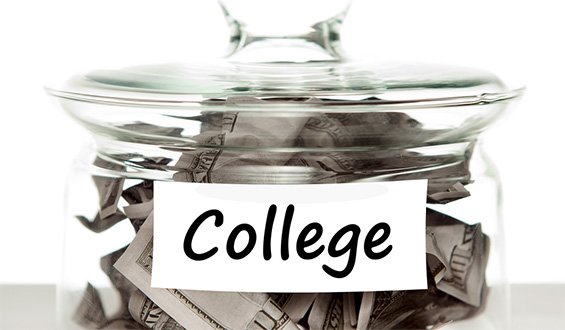 (Photo: Flickr, Creative Commons)
(Photo: Flickr, Creative Commons)
The Department of Education has issued a report highlighting both public and private universities that are performing well in terms of enrolling and graduating students who qualify for federal Pell grants.
Students who qualify for Pell grants account for 40% of the population of all schools looked at for the study, with 50% of the students graduating within six years.
“Although the percentage of 23-year-olds with some college experience has increased considerably, their likelihood of graduating strongly correlates to income or racial background, which means that we must shift our attention toward the more essential metric of success: degree attainment,” Education Secretary John B. King Jr. said in prepared remarks.
According to the report, regional public universities such as the University of California at Irvine, private religious colleges, and women’s colleges all were found to hold some of the best track records in terms of serving low-income students. The authors say such schools stand out above the rest due to the effort they invest in helping these students improve their outcomes through any number of means, including offering emergency financial aid and increasing academic advisement and mentoring services.
The report also suggests work needs to be done to improve the graduation gap that currently exists between poor and wealthy students. On average, 51% of Pell grant students graduate from college, in comparison with 65% of their more affluent peers who do not qualify for Pell grants, writes Annie Waldman for ProPublica.
Although graduation rates for students eligible for Pell grants are typically lower at public schools than they are at private institutions, state schools tend to enroll higher numbers of low-income students and are able to keep costs lower. Despite this, many schools that enroll a high volume of low-income students do not end up graduating them at the same rate as the general student population.
The department is making a push for more institutions, especially those with the financial resources, to enroll higher numbers of low-income students and to make more of an effort to ensure they graduate. Danielle Douglas-Gabriel writes for The Washington Post that although selective schools hold some of the highest rates when it comes to graduation and post-college employment, they are also the schools which enroll the least amount of low-income students.
The report noted a number of schools across the country that are currently working toward enroll higher numbers of low-income students while offering them enough financial aid so that they are able to graduate. For example, only one-fifth of the entire Amherst College student population in Massachusetts are considered to be low-income, but 94% of that group graduate within six years while paying an average rate of $3,739 per year to attend. The authors praised the school for using its money to attract and retain low-income students rather than putting it toward building upgrades.
“Many colleges and universities have taken important steps to make college a reality for low income students, but unfortunately today those success stories are the exception–they ought to be the rule,” said King. “There are far too many barriers preventing far too many low income students from enrolling in and graduating from college.”




